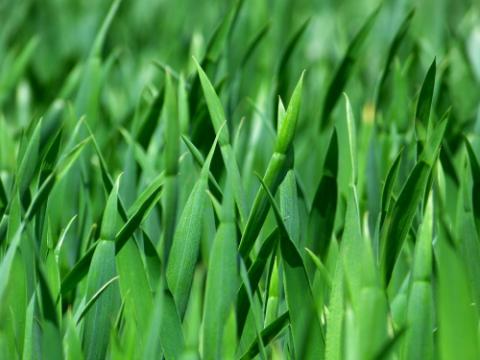Foliar feed for grassland
The majority of Nitrogen (N) fertilisers are applied to grassland systems in solid, or prill form with a spreader. The nutrients are applied to the ground before being washed into the topsoil by rain and then taken up by the root system of the plants. A host of factors such as soil compaction, drainage, bio-activity, soil temperature, dry or wet weather can affect the nutrient release and uptake by the grass with this method.
There is another, quicker, method of getting nitrogen directly into the grass, which is through the leaves of the plant. Leaves have pores between cell structures which can be good entry point for nutrients. Previous trials have proven that foliar feeding (through the leaves) fertiliser directly to the grass can decrease the amount of total nitrogen necessary whilst minimising nitrogen losses through runoff.
This project, involving four farms, aimed to assess the extent to which using a foliar feed that is based on urea and humic acid can reduce the application of conventional N fertiliser to grass. The aim was to investigate the effectiveness of using foliar feed, which is more commonly used in horticulture systems, on a grassland system. For it to be successful, the quality and quantity of dry matter of the grass, as well as the clover content must not be compromised.
On each of the four farms, one large field was split into three sections of equal size and the following treatments were compared:
- Nitrogen fertiliser, as per current/ standard practice
- Foliar feed
- No fertiliser
The performance of each plot was measured in terms of:
- Dry matter yield
- N content of fresh grass tissue
- Costs of N application per tonne of dry matter
- Clover content to assess the impact on species composition of the sward
Project Outcomes:
- It was possible to achieve comparable yields to the conventional plots using foliar feed systems
- The project demonstrated that foliar fed systems achieved higher yields in adverse conditions, for example cool and/or dry conditions.
- Foliar feed systems could potentially deliver significant benefits in terms of reducing the N costs per litre of milk produced.

